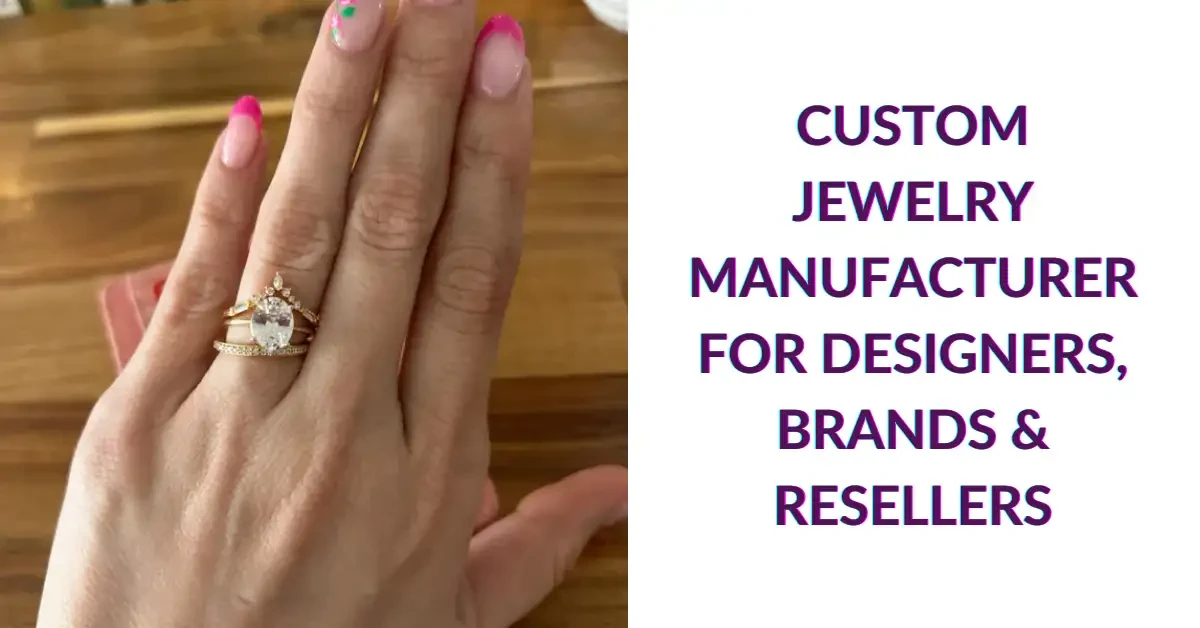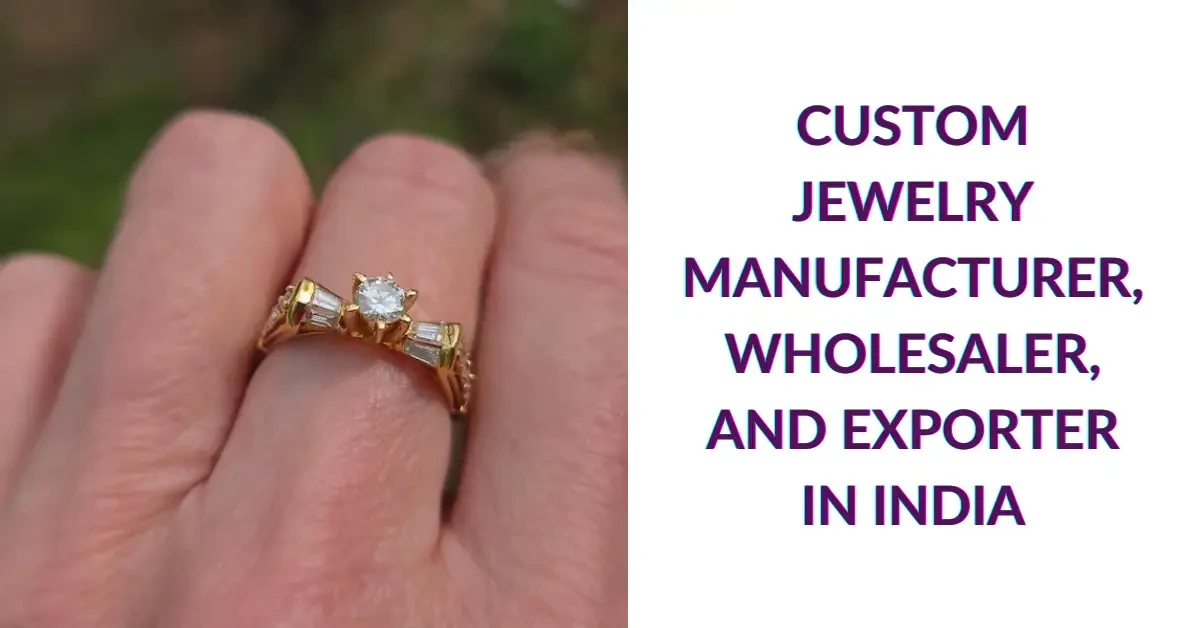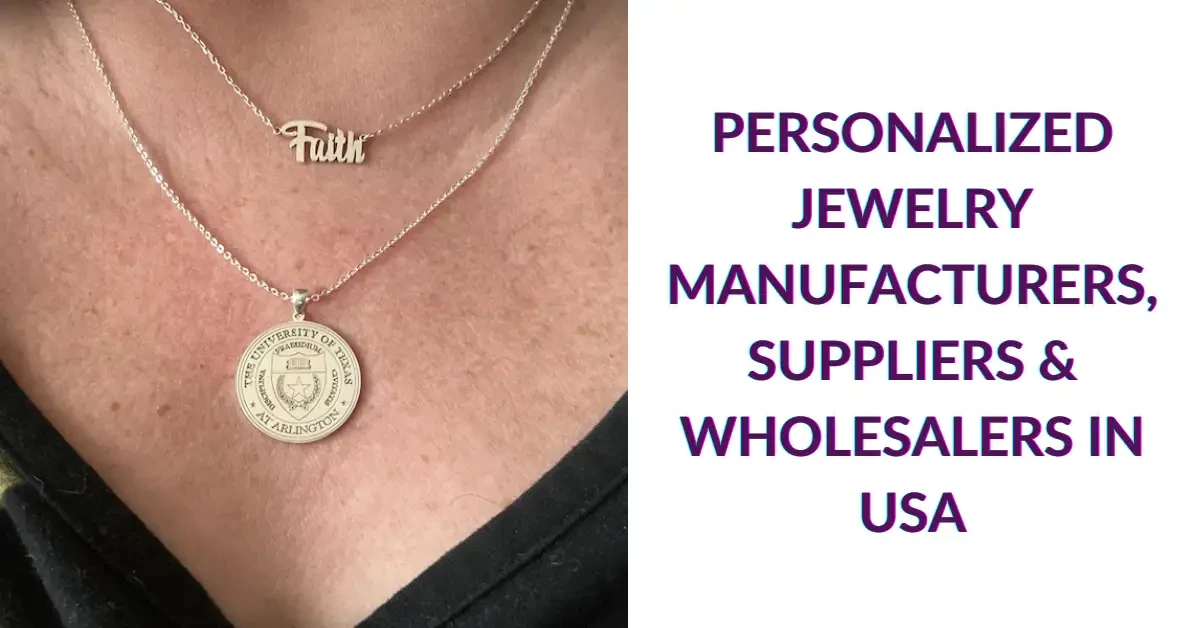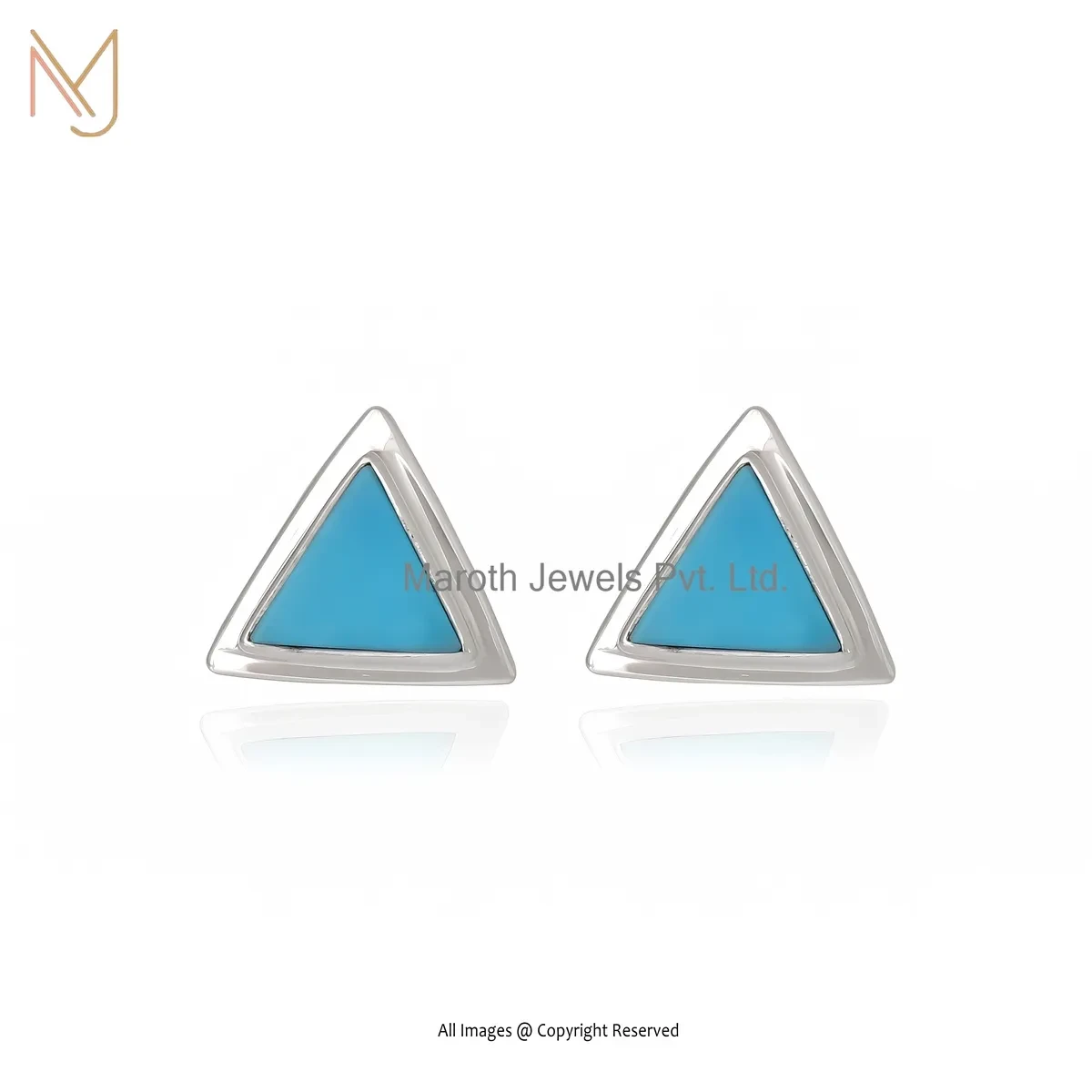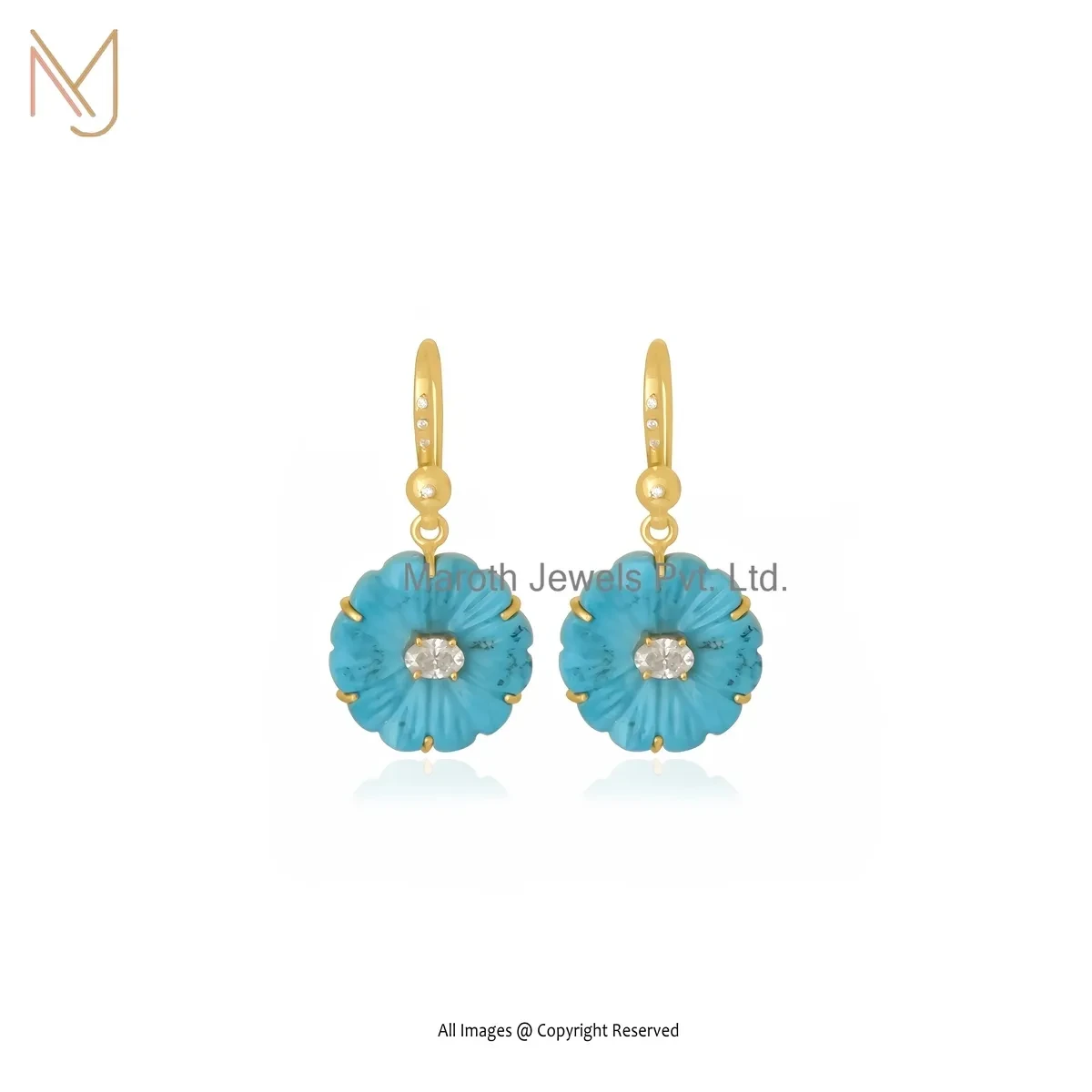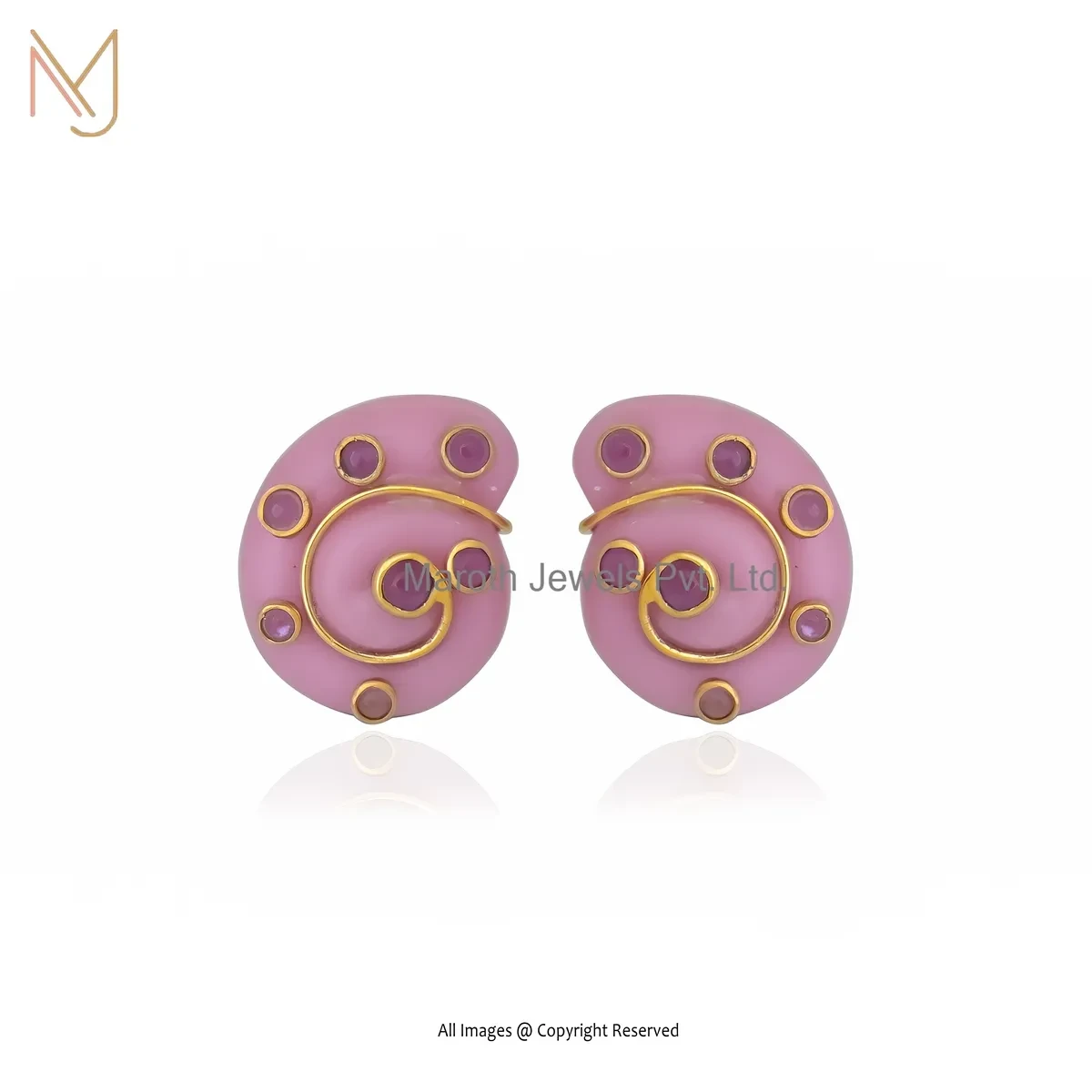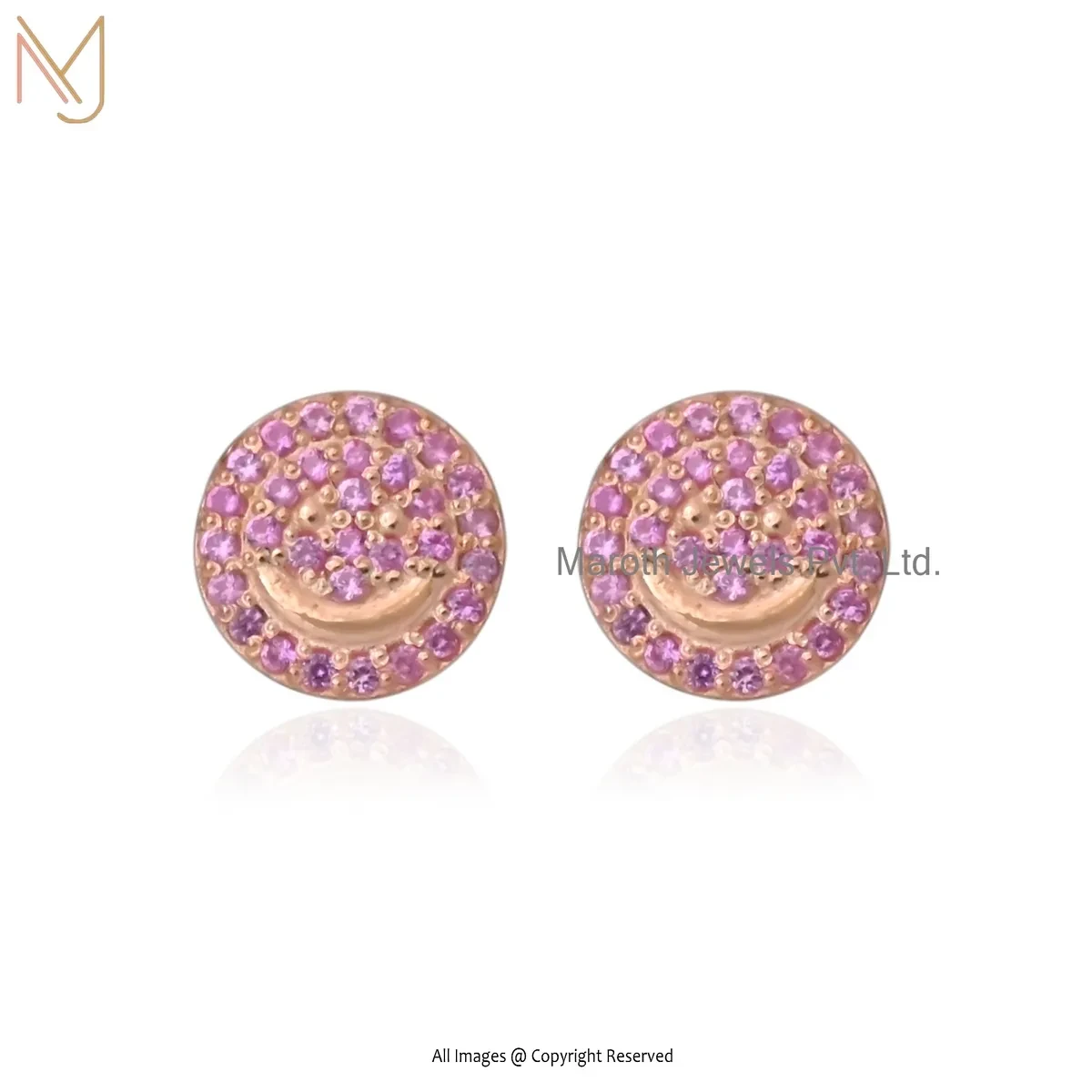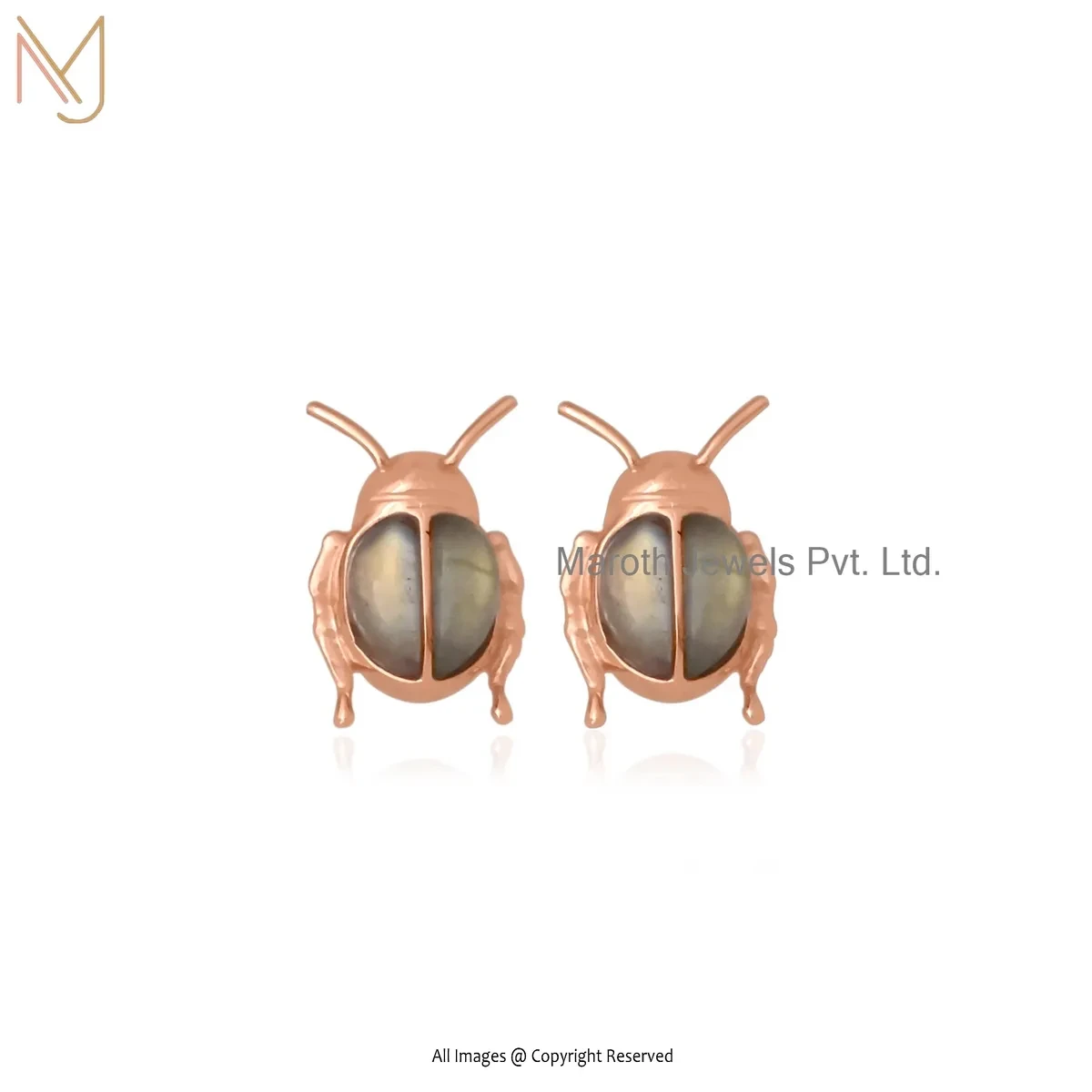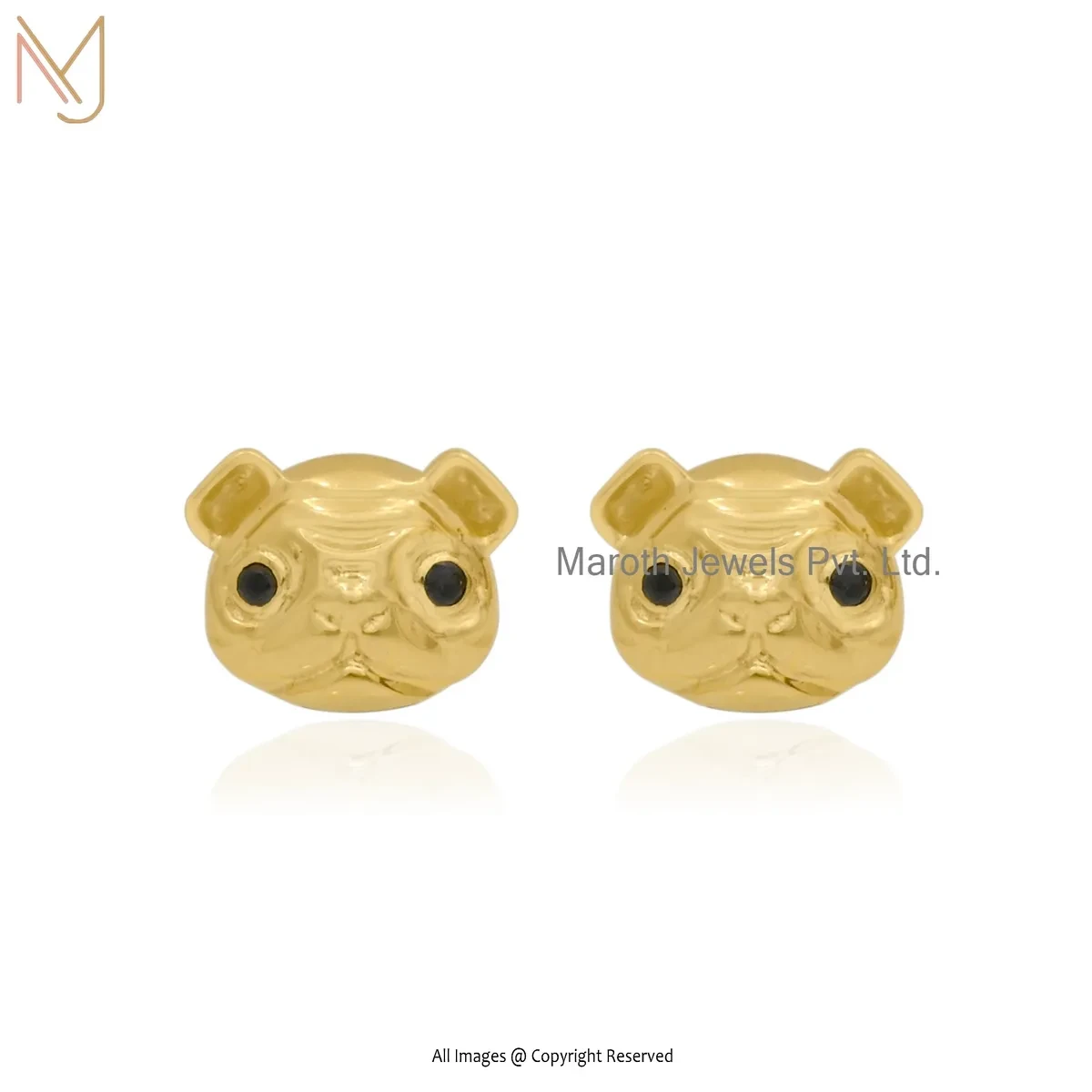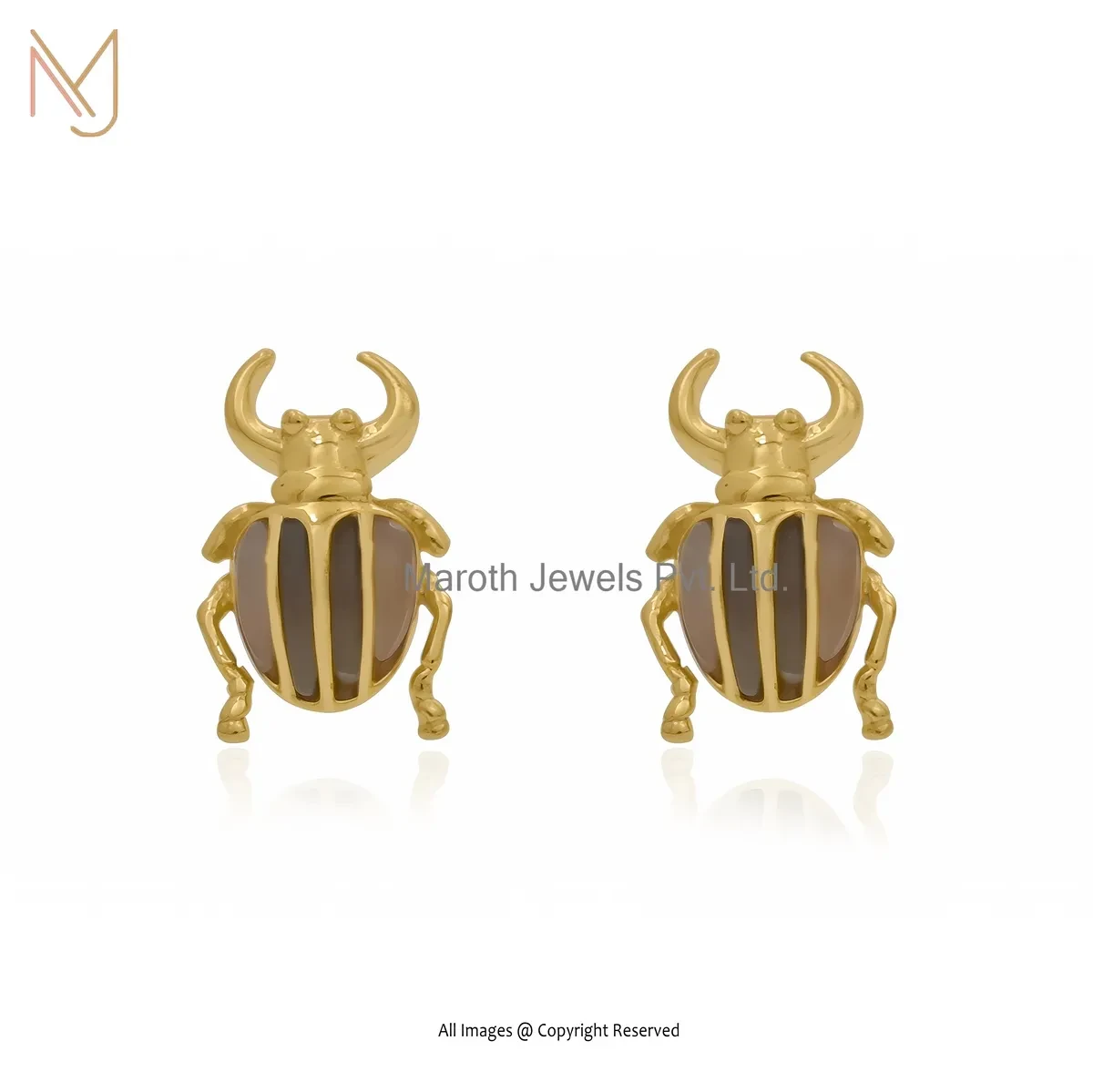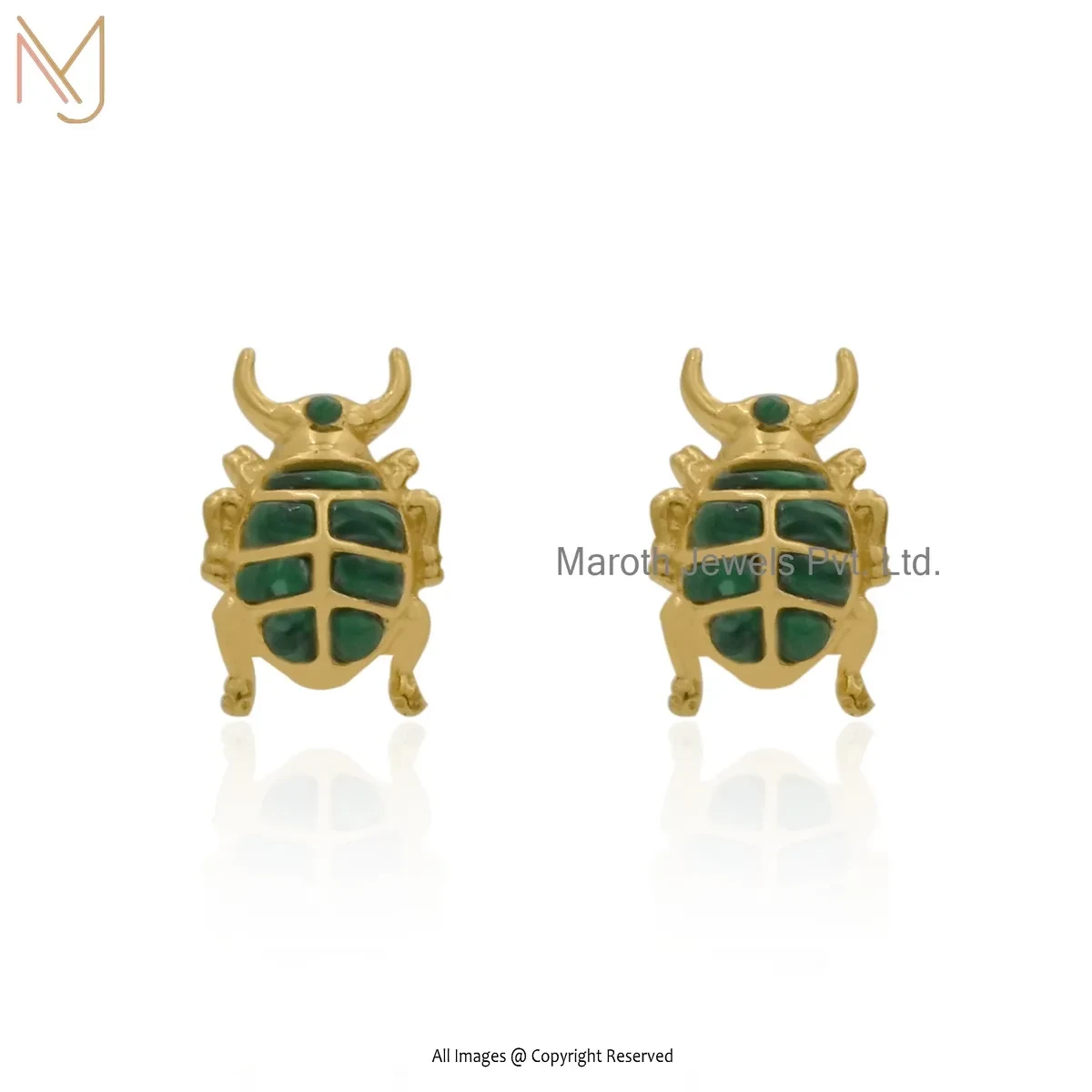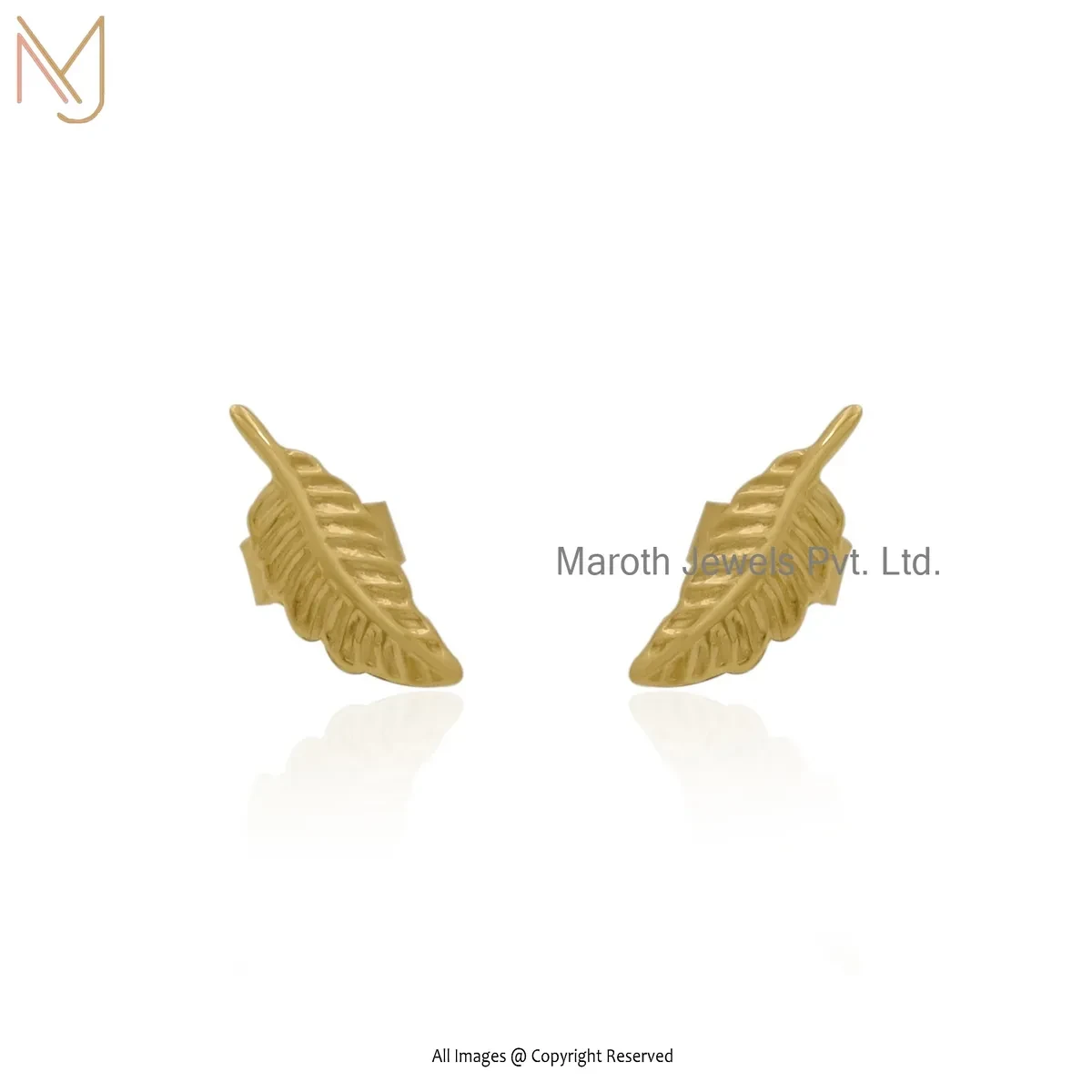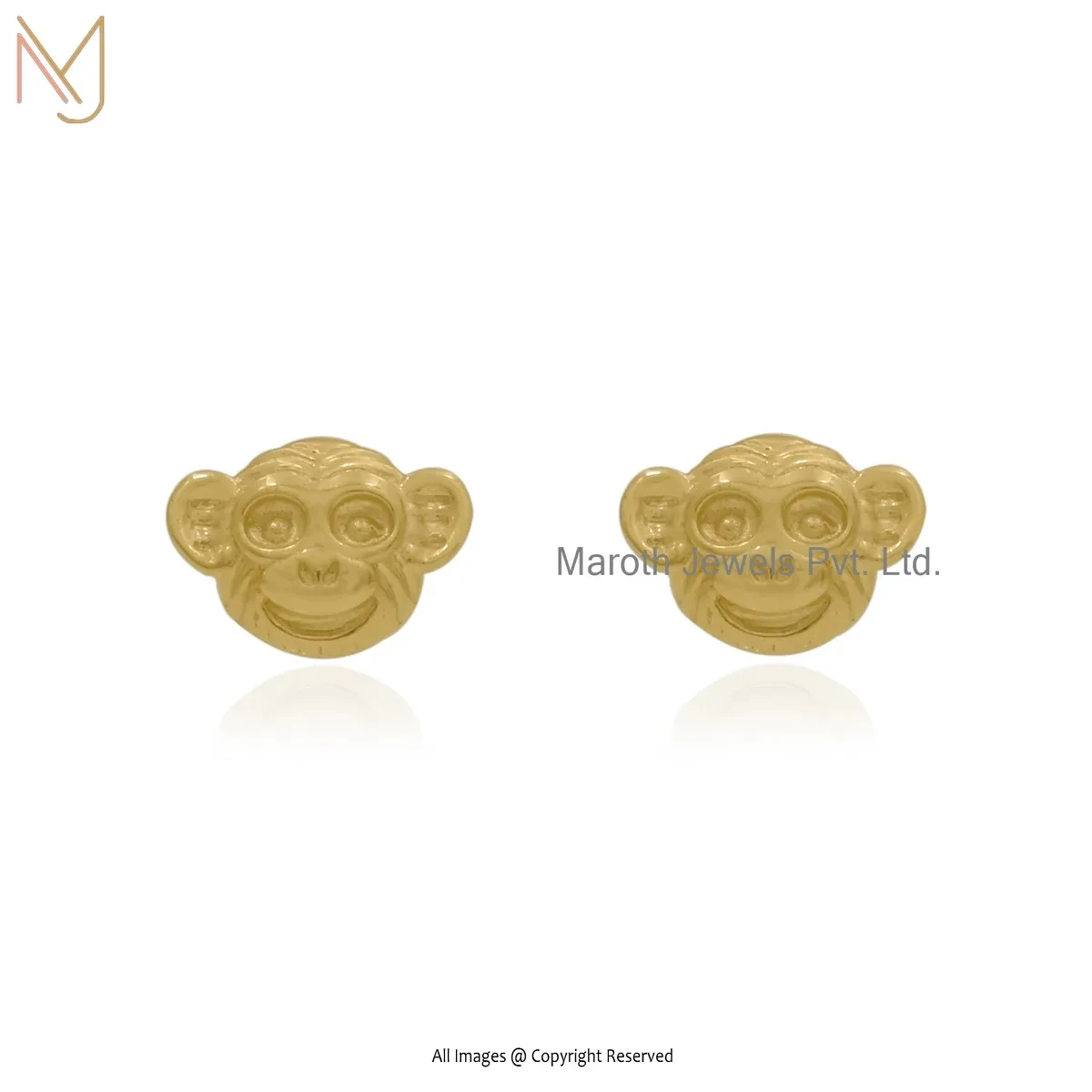The Different Types Of Silver Used In Jewelry Making Sterling Silver, Fine Silver And More
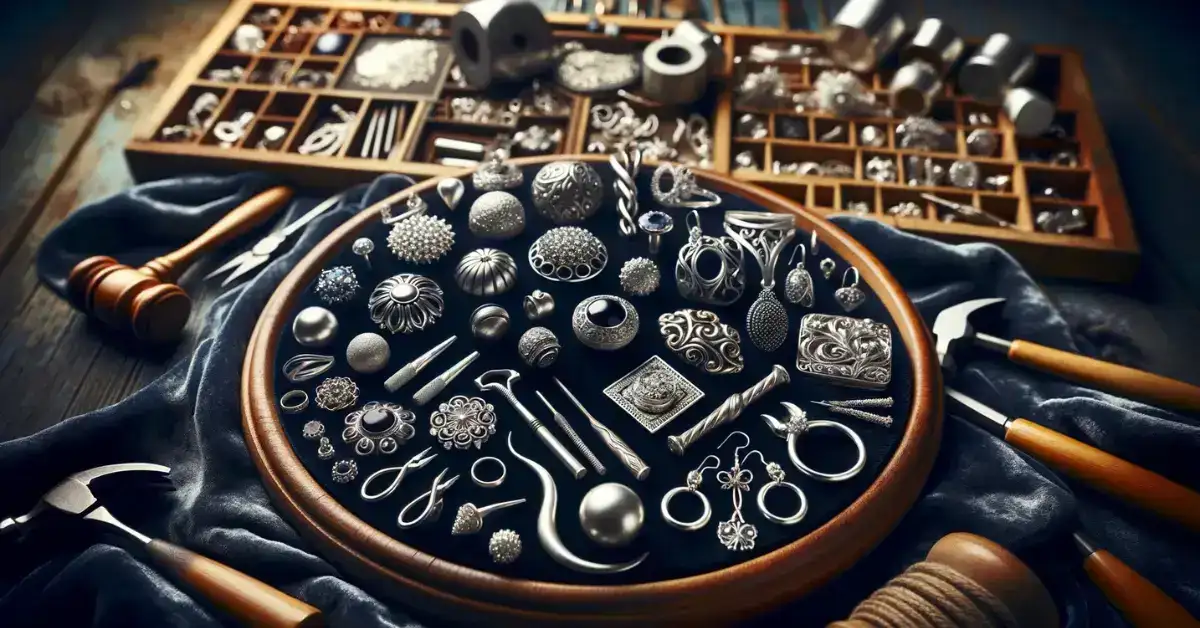
The Different Types Of Silver Used In Jewelry Making Sterling Silver, Fine Silver And More
Silver is one of the most precious and well known metals. In fact, for thousands of years, silver has been used as currency alongside gold across the world.
Fast forward to today, while we don’t make silver coins anymore, it is extensively used for jewelry making and that’s what brings us to this blog.
Contrary to popular belief, Silver itself isn’t used in jewelry making. Rather, there are different types of alloy which are created for the specific purpose at different levels.
Surprised? Well, there’s more. In this blog, we shall be discussing all about that. Let’s get right into it:
Types of Silver Used in Jewelry Making
It’s time to discuss different types of silver metal that are used in Jewelry making today. Let’s have a look at this detailed comparison in table format first:
With this out of the way, it’s time to look at the first one on our list:
925 Sterling Silver
Let’s start with the first one, sterling silver. This is one of the most popular types, but what is it? In technical terms, sterling silver is an alloy composed of 92.5% silver and 7.5% other metals, typically copper. In fact, that is also the reason why it is often called “925” silver, representing its 92.5% purity.
VISIT FOR :: wholesale gold jewelry suppliers usa
Characteristics
Want to know the characteristics of Sterling silver, here they are:
For starters, it is very strong, ever stronger than pure silver. And that’s what makes it that much more suitable for everyday wear.
In addition to this, its durability does not come at the expense of its vibrant sheen, which can be polished to a high gloss that rivals fine silver.
Applications in Jewelry
Here’s how this type of silver is used in jewelry making. Sterling silver is used extensively in all types of jewelry, including earrings, necklaces, bracelets, and rings.
However, due to its nature, it is favored for pieces that require intricate detailing. With this out of the way, let’s move to the next one.
Fine Silver
This type of silver is known for its purity. Why? Let’s find out: Fine silver, as the name suggests is super fine meaning pure.
In layman’s terms, it consists of 99.9% silver, making it one of the purest forms used in jewelry making. Therefore, in similar fashion as 925, it is also often marked with '999' to indicate its purity.
Characteristics
The biggest characteristic of fine solver is that it’s soft and much more malleable when compared to other forms of silver.
And for the same reason it tarnishes very less. This softness allows for greater flexibility in design, but it also means that fine silver is more susceptible to scratches, dents, and deformation over time.
Applications in Jewelry
Fine silver is used only in high-end jewelry. Reason being its high purity and the high price tag that comes with it.
Furthermore, it is ideal for creating elaborate, finely detailed designs that do not require the structural integrity necessary for daily wear.
This means, this type of silver is mostly used to make earrings and pendants that don’t bear much load.
Argentium Silver
Third one is Argentium Silver. And no it’s not related to Argentina. Rather, the name represents a modern improvement on traditional sterling silver.
To give you specific figures, this allowance comes in two formats, one is 93.5% and the other one is 96% silver. The silver here is mixed copper and germanium.
Coming to the name again, it’s called Argentium because of germanium in the alloy. This makes it highly tarnish-resistant and stronger than traditional sterling silver.
Characteristics
As you might have assumed from the description, this type of silver is much more durable, harder, and more resistant to tarnish.
Due to these properties, Argentium silver is preferred for jewelry that retains its shiny appearance with minimal maintenance.
Applications in Jewelry
Like we discussed, Argentium silver is preferred for detailed work that requires precision and durability.
Consequently, it's used in everything from high-end designer jewelry to everyday wear pieces, especially where resistance to tarnish and longevity are key considerations.
Coin Silver
Coin silver gets its name from its application. Originally silver coins were made from this kind of alloy, makes more sense now, doesn’t it?
It was made from melted down scrap coins. However, in modern times it consists of 90% silver and 10% copper. And not to mention it isn’t made from scrap coins.
Now, this is a type of silver that doesn’t hold much importance or fame today. But then again, it’s very popular for its historical significance and not to mention the unique properties.
Characteristics
Coin silver is slightly harder than fine silver but softer than sterling silver, making it moderately suitable for jewelry that requires a bit of durability.
It also has a distinctive vintage look that appeals to collectors and enthusiasts of antique-style jewelry.
Applications in Jewelry
Often used in the restoration or creation of antique-style jewelry pieces, coin silver is valued for its historical aspect and the warm patina it develops over time. This is cherished by vintage jewelry lovers.
Silver-Filled
This is not a type of silver, rather a process. Let us explain:
Silver-Filled jewelry is created by mechanically bonding a layer of silver to a base metal.
This layer is hundreds of times thicker than standard silver plating, making it a more durable and long-lasting option. How cool is that?
Characteristics
While not solid silver, silver-filled items contain a significant amount of silver compared to silver-plated alternatives.
They offer a high-end look without the high-end price tag, making them accessible and attractive to a broader audience.
Applications in Jewelry
Silver-filled jewelry is ideal for fashion pieces where cost and appearance are prioritized.
It allows for trendy, large, and more elaborate designs without the investment required for solid silver, perfect for fashion-conscious individuals.
Silver Plated
Again, this is not a type, but rather a process which is used to cover other metals with silver. And let us tell you due to the lower price involved, it’s super popular in modern time.
Silver Plated jewelry involves a thin layer of silver coated over another metal, such as copper or nickel, using electroplating. This offers the look of silver at a fraction of the cost.
Characteristics
Silver plated items are less durable than other types of silver jewelry and are prone to wearing off over time, exposing the base metal.
However, they are highly affordable and suitable for trendy jewelry designs.
VISIT FOR :: bangles wholesale india
Applications in Jewelry
Ideal for high-fashion, seasonal items that might be worn only a few times.
Silver plating allows for a vast range of creative and stylish designs at minimal cost, appealing to those seeking the latest styles without significant investment.
Now, this was the last type of silver used in jewelry on our list with this, we are done.
Conclusion
Sterling silver is strong and popular for everyday wear. Fine silver is very pure but scratches easily. Argentium silver is strong and resists tarnishing. Coin silver has a vintage look.
Silver-filled is affordable and good for trendy pieces. Silver-plated is cheapest but wears off.
Think about how you'll wear it and how much you want to spend. Choose strong silver for daily wear and pure silver for special occasions. There's perfect silver jewelry for everyone!
And with this being said, we are done with our blog and it’s time to discuss some FAQs related to the same. These are, as mentioned below.
FAQs on The Different Types Of Silver Used In Jewelry Making Sterling Silver, Fine Silver And More
Q1. What is sterling silver and why is it popular in jewelry making?
Sterling silver is an alloy composed of 92.5% silver and 7.5% other metals, typically copper. It is known for its durability, making it suitable for everyday wear and intricate designs. Its balance of beauty and strength makes it one of the most popular choices for jewelry.
Q2. How does fine silver differ from sterling silver?
Fine silver is 99.9% pure silver, making it one of the purest forms of silver used in jewelry. Unlike sterling silver, fine silver is softer and more malleable, which makes it less durable but highly resistant to tarnishing. It is ideal for high-end, special occasion jewelry and elaborate designs.
Q3. What is Argentium silver, and what are its benefits?
Argentium silver contains either 93.5% or 96% silver, with the remainder being copper and a small amount of germanium. This composition makes Argentium silver more durable, harder, and more tarnish-resistant than traditional sterling silver. It is perfect for those who prefer low-maintenance jewelry.
Q4. What is silver-filled jewelry?
Silver-filled jewelry features a substantial layer of silver bonded to a base metal. It offers a durable and cost-effective alternative to solid silver, providing the look of more expensive silver at a fraction of the cost. It's ideal for budget-friendly, trendy fashion jewelry.
VISIT FOR :: wholesale necklace chain suppliers
Q5. How should I choose the right type of silver for my jewelry?
Consider your lifestyle, budget, and the occasions for which you’ll be wearing your jewelry. For daily wear, sterling silver or Argentium silver are recommended due to their durability and tarnish resistance. For special occasions or less frequent wear, fine silver might be ideal due to its purity and luster. Budget-conscious buyers might prefer silver-filled or silver-plated options.
READ MORE:: How Do You Test Silver With an Eraser?
Recent Posts
Custom Jewelry vs Fine Jewelry
Wholesale Custom Nameplate Jewelry Manufacturer
Custom Jewelry Manufacturers in Singapore
How Do I Buy Wholesale and Sell Jewelry?
Best Online Wholesale Jewelry Shopping App
Related products
14K Yellow Gold Turquoise Triangle Stud Earring Manufacturer
925 Silver Natural Silver Plated Turquoise Triangle Stud Earring Manufacturer
14K Yellow Gold Turquoise And Moissanite & Cubic Zircon Flower Stud Earring USA
Private Lable 14K Yellow Gold Pink Opal And Amethyst Snail Stud Earring
14K Rose Gold Pink Sapphire Round Shape Happy Smiley Face Stud Earring USA
14K Yellow Gold Labradorite Scarab Stud Earring Manufacturer
925 Silver Yellow Gold Plated Labradorite Scarab Stud Earring Manufacturer
Wholesale 14K Yellow Gold Black Cubic Zircon Pug Face Stud Earring
Wholesale 925 Silver Yellow Gold Plated Black Cubic Zircon Pug Face Stud Earring
14K Yellow Gold Pink Opal Scarab Stud Earring Jewelry Supplier
925 SIlver Yellow Gold Plated Pink Opal Scarab Stud Earring Jewelry Supplier
14K Yellow Gold Malachite Scarab Stud Earring Custom Jewelry
925 Silver Yellow Gold Plated Malachite Scarab Stud Earring Custom Jewelry
14K Yellow Gold Feather Stud Earring Manufacturer
925 Silver Yellow Gold Plated Feather Stud Earring Manufacturer
14K Yellow Gold Monkey Stud Earring Custom Jewelry
925 Silver Yellow Gold Plated Monkey Stud Earring Custom Jewelry
Contact Us For Custom Jewelry
Please get in touch with us and share your ideas if you have personalized jewelry or are searching for a private label jewelry manufacturer. In accordance with your suggestions, we will make and present genuine jewelry.
Drop Us a Line
Scan QR Code
for immediate contact
